Guest columnist Richard Szlosek: Bosox at Amherst
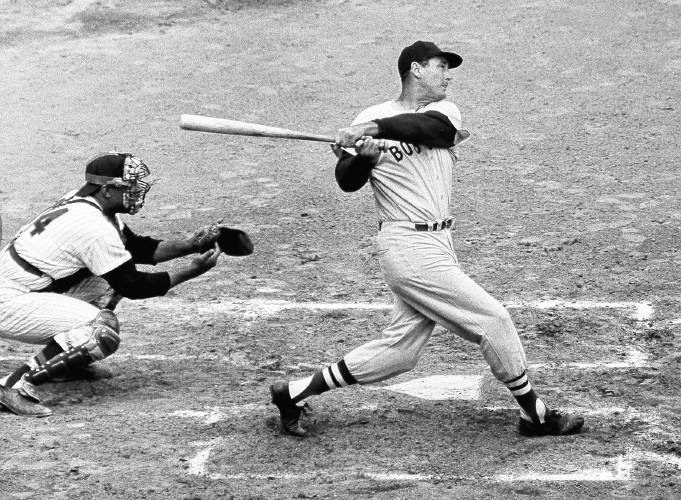
Ted Williams of the Boston Red Sox knocks the ball out of the park for a home run in the second inning against the Washington Senators on April 18, 1960. AP FILE PHOTO
| Published: 04-02-2024 5:15 PM |
I was in elementary school in the late 1940s and baseball was one of my chief interests. I was a huge fan of the Boston Red Sox and my heroes were Ted Williams, Johnny Pesky, Bobby Doerr and Dom DiMaggio. I was devastated when the Sox lost the playoff game to the Cleveland Indians in 1948 and disconsolate when, because of the Korean conflict, Williams was recalled to service. The Sox always failed to make the World Series, and each fall my motto became “wait till next year.”
By the time I reached high school my baseball ardor had cooled considerably, but Williams was still my favorite athlete as he continued to excel as a hitter. It was time for me to think about the future and, in the fall of 1957, I entered the freshman class of Amherst College as a member of the class of ’61. Recently, many, many decades after graduating, I have learned that two of my heroes, Williams and Pesky, also had a brief connection to Amherst.
Prompted by the suggestion of a knowledgeable baseball acquaintance, one of my classmates, along with the college archivist, did some digging into old records and found that for four or five months in 1942-43, five major league baseball players were enrolled in the Civilian Training Program at the college. The quintet consisted of Ted Williams and Johnny Pesky of the Red Sox, Johnny Sain and Lewis (Buddy) Glemp of the Boston Braves and Joe Coleman of the Philadelphia Athletics. This was their first step toward earning their wings in the Naval Aviation training regimen.
Thirty trainees arrived at the campus on Nov. 15, 1942. They each received 35 hours of flight training, 20 of which were solo time. Additionally, they partook of classroom courses that included mathematics, meteorology and navigation, among others. The chief instructor was an Amherst professor of astronomy, Warren Green, who taught sessions on math and navigation.
Green had volunteered for the French Foreign Legion in World War I and was awarded a Croix de Guerre citation. He praised the ballplayers and cited Williams for getting a 100 on his meteorology exam. The trainees’ days began at 6:45 a.m. and ended at 10:45 p.m. Their physical training was under the direction of Paul Eckley, who was the longtime baseball coach at Amherst. Part of the physical requirement was the ability to swim. It seems Johnny Pesky did not initially know how but managed to learn and pass the test.
The whole class completed their first stage in mid-January and were supposed to move to the next level in Chapel Hill, North Carolina. However, there was a bureaucratic snafu of some sort and all but 10 of them remained at Amherst for an additional eight weeks. The ballplayers, especially, enjoyed their extra time at the college and made good use of its athletic facilities. There were also occasional mixers with the WAVES training program at Smith to soothe the waiting time.
Buddy Glemp had spent only two years as an infielder for the Braves and never returned to the majors after the war. He died in 1995. The other four all resumed their careers. Joe Coleman was a journeyman pitcher and his lifetime record was 52 wins and 76 losses. Johnny Sain knew his greatest fame in the immediate years after the war when he and Warren Spahn became the mainstay pitchers for the Braves. The phrase, “Spahn and Sain and pray for rain” was known to every baseball fan in Boston.
Article continues after...
Yesterday's Most Read Articles
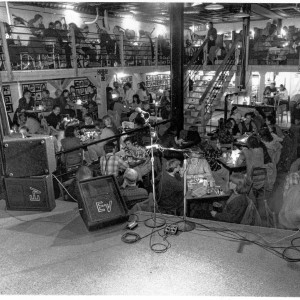 The Iron Horse rides again: The storied Northampton club will reopen at last, May 15
The Iron Horse rides again: The storied Northampton club will reopen at last, May 15
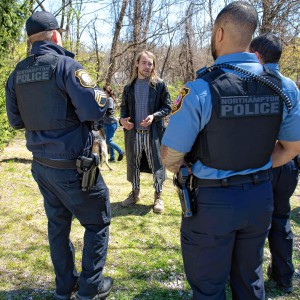 Homeless camp in Northampton ordered to disperse
Homeless camp in Northampton ordered to disperse
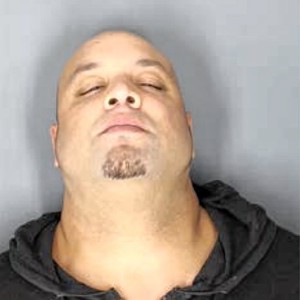 Authorities ID victim in Greenfield slaying
Authorities ID victim in Greenfield slaying
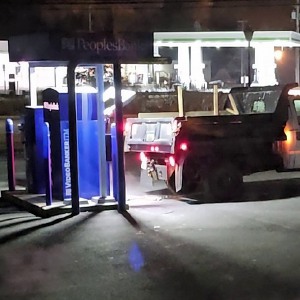 $100,000 theft: Granby Police seek help in ID’ing 3 who used dump truck to steal cash from ATM
$100,000 theft: Granby Police seek help in ID’ing 3 who used dump truck to steal cash from ATM
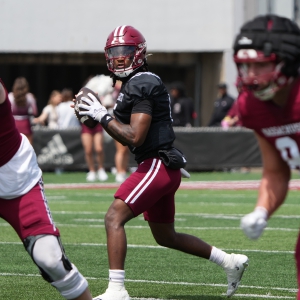 UMass football: Spring Game closes one chapter for Minutemen, 2024 season fast approaching
UMass football: Spring Game closes one chapter for Minutemen, 2024 season fast approaching
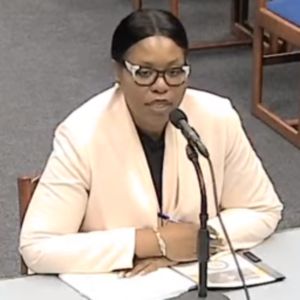 Final pick for Amherst regional superintendent, from Virgin Islands, aims to ‘lead with love’
Final pick for Amherst regional superintendent, from Virgin Islands, aims to ‘lead with love’
Johnny Pesky returned to the Red Sox as their shortstop. Over the years he was a coach, manager and broadcaster. His heart was always in Boston, and he was affectionately known as “Mr. Red Sox.” Ted Williams, of course, was one of the most storied ballplayers of all time. He retired in 1960 with a lifetime average of .344 and hit 521 home runs. In 1941 his seasonal batting average had been .401. After serving for three years in the service in World War II, he was recalled to active duty during the Korean conflict for another two years. One can only speculate what his records might have been if he had not lost those five years.
But for me it remains an amazing fact that two of my boyhood heroes walked the same pathways and sat in the same classrooms as I did a decade and a half later. I never had a clue about that, and it just proves it is never too late to learn new and interesting facts about the sacrifices and accomplishments of those who came before us.
Richard Szlosek lives in Northampton.

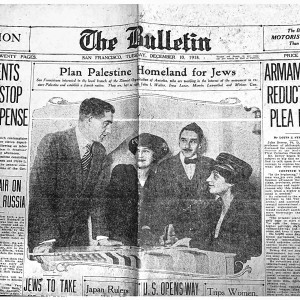 Guest columnist John Sinton: ‘In tears for both Jew and Palestinian’
Guest columnist John Sinton: ‘In tears for both Jew and Palestinian’ Sidney Moss: Trial showing that no one is above the law
Sidney Moss: Trial showing that no one is above the law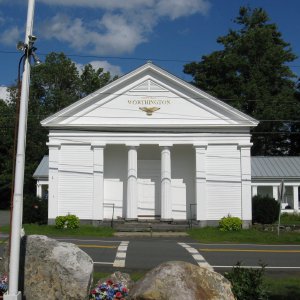 Steve Smith: Rose for Worthington Selectboard
Steve Smith: Rose for Worthington Selectboard Araceli Katalin McCoy: Why we should change the voting age to 16
Araceli Katalin McCoy: Why we should change the voting age to 16
